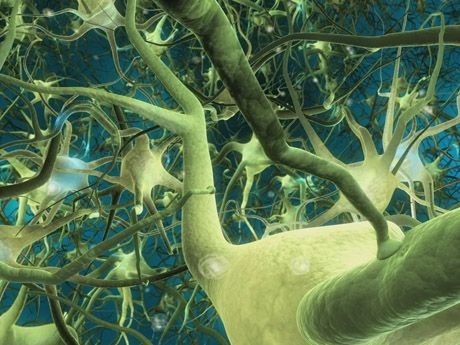Language Learning: Strong Neural Connections Make It Easier To Learn A Second Language

Learning your first language is easy; it’s the second one that can be tricky — for most people, at least. Why is it that some people learn foreign languages easier than others? According to a recent study , this may depend on the strength of certain brain connections.
Researchers at McGill University sought to determine how learning a second language affected the brain. They recruited 15 adult English speakers to take part in a 12-week intensive program that taught French, and used functional magnetic resonance imaging (fMRI) to compare their brain activity both before and after the program. The researchers were specifically interested in two areas of language processing: lexical retrieval in spontaneous speech, or how many new words a speaker uses while speaking freely, and reading speed.
Prior to the program, participants underwent fMRI scans and tests to determine their verbal and reading abilities for both English and French — some participants had a bit of experience with the latter. Then 12 weeks later, once they had completed the program , they underwent more scans while taking part in specific language tasks. For example, they were asked to speak in French and read French for two minutes each. Meanwhile, the researchers used the fMRI to look at connections between various areas in their brains as well as two specific regions associated with language: the left anterior insula/frontal operculum (AI/FO), which is associated with verbal fluency, and the visual word form area (VWFA), a region normally activated during reading.
Results showed volunteers who had stronger connections between the left AI/FO and the left superior temporal gyrus, a region associated with the brain’s language network, experienced greater improvements between the two tests. On the other hand, those with stronger connectivity between the VWFA and a different part of the left superior temporal gyrus’ language area showed greater improvement in reading speed by the end of the language course.
“The most interesting part of this finding is that the connectivity between the different areas was observed before learning,” said Dr. Arturo Hernandez, a neuroscientist who studies language learning at the University of Houston, who was not associated with the study, in a recent statement .
These results are consistent with past research that found different language functions are carried out by different regions of the brain. They also suggest not everyone’s brain learns language in the same way, and could be a key component to the development of personalized language learning courses. Perhaps one day, language courses will cater to the specific neural makeup of the learner, ensuring that they are able to learn a foreign language in a manner that suits them best .
Source: Chai XJ, Berken JA, Barbeau EB, et al. Intrinsic Functional Connectivity in the Adult Brain and Success in Second-Language Learning. The Journal of Neuroscience . 2016
Published by Medicaldaily.com



























